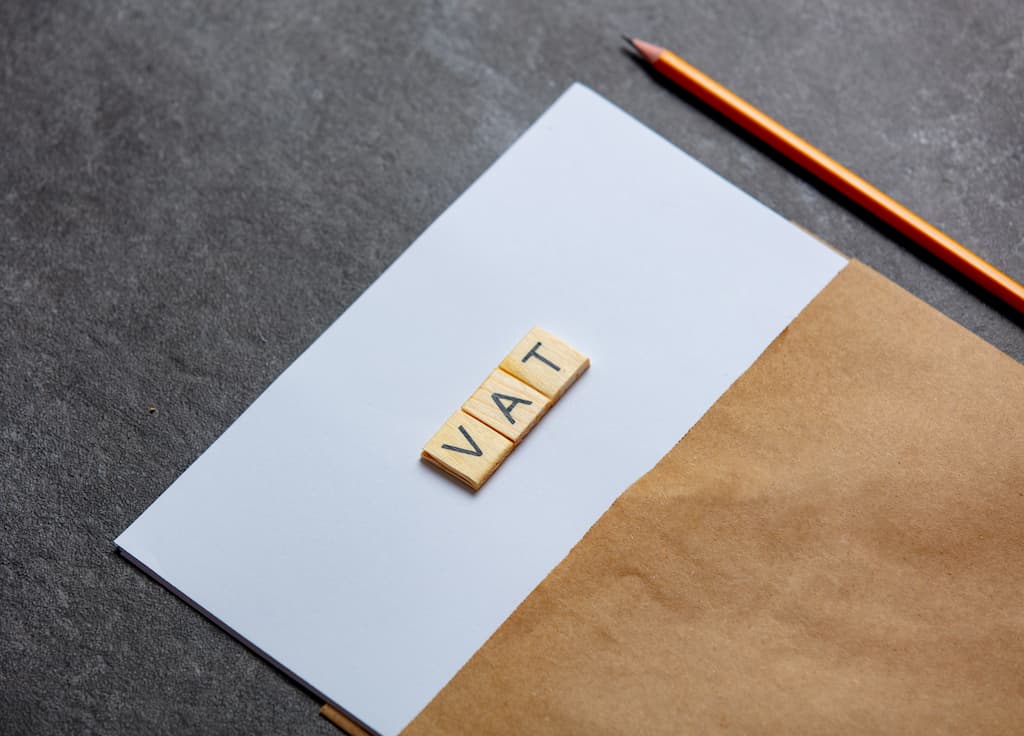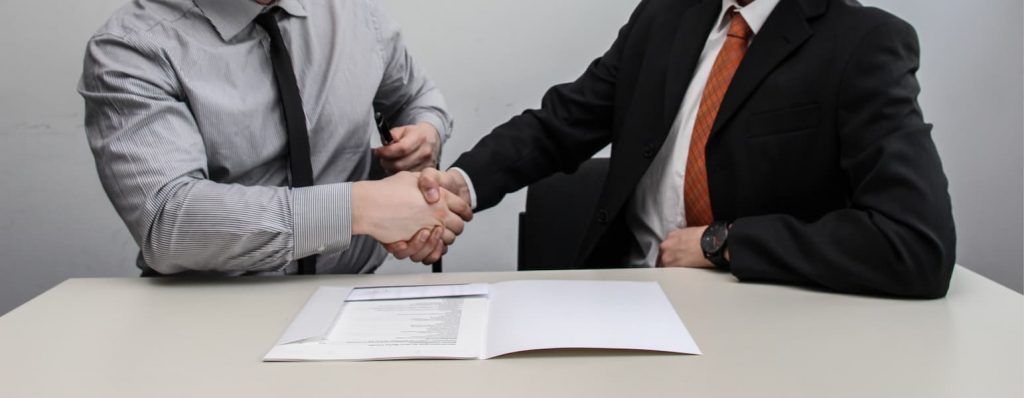Business owners are responsible for paying tax on their earnings and after a certain point will also be responsible for paying VAT. Being VAT registered means that companies will need to charge the tax on goods, services, and supplies that they provide. It also means that the taxed amount can be reclaimed as part of business expenses.
For companies that are registered, VAT will be charged on:
- Sales (products, goods, services)
- Sale of assets
- Commission
- Business goods used for personal reason
- Any items sold to staff
For many companies, the laws surrounding VAT can be confusing, however, depending on the size of the business VAT may not even apply. For a business to charge VAT it will have to reach a financial threshold of £85,000. Only if the turnover exceeds this annual amount will companies need to register for VAT.
Small business owners that have relatively low turnover will not need to register for VAT if earnings are below this level. Allowing them to enjoy a simplified form of accounting.
There are various ways of paying VAT contributions to the HMRC and VAT can be paid at a Reduced Rate, Standard Rate or Zero Rate. There is also a Flat Rate scheme that many businesses find beneficial.
The flat rate scheme means that VAT registered companies can pay their VAT to the HMRC at a fixed rate and can receive a 1% reduction in payments. Some rules apply and companies wishing to take advantage of the Flat Rate scheme will need to have an annual turnover of £150,00 or less. The rates paid will vary depending on the type of business ranging from 1% to 14.5% and a full list of rates can be found on the GOV UK website.
For companies spending only a small amount on goods, the ‘limited cost business’ rules will apply and a higher rate (16.5%) of VAT will need to be paid.
Flat rate scheme rules and limits
Participants in the Flat Rate scheme will need to be aware that the common method of Cash-Based Accounting cannot be used. Instead, the scheme has its own cash method used for turnover calculations.
This method is designed to simplify the VAT calculation for companies and applies a fixed rate VAT percentage to annual turnover. This means that businesses do not need to keep detailed records of sales and invoices.
There are some limitations to the scheme and not all businesses will be eligible to take advantage of Flat Rate VAT. If the business has recently committed a VAT offence such as tax evasion or has left the scheme within the past 12 months, it will not be permitted to participate.
Companies that registered as a business in the past 24 months or that are closely associated with another business will also not be allowed to join the scheme.
Joining other groups will also affect eligibility.
If the business was eligible to join a VAT group or did join a VAT group in the past 12 months or has joined a margin or capital good VAT scheme then the scheme cannot be used.
If eligibility is affected then businesses must immediately leave the scheme, and in the case that financial parameters are exceeded, companies must withdraw from the Flat Rate VAT scheme. These rules will come into effect should the annual turnover exceeds £230,000 by the 12 month anniversary of joining the scheme.
Companies that are experiencing rapid growth will also be expected to leave the Flat Rate VAT scheme if their annual turnover is expected to exceed the £230,000 limit.
Get in touch with ATF Accountancy for any VAT services.


